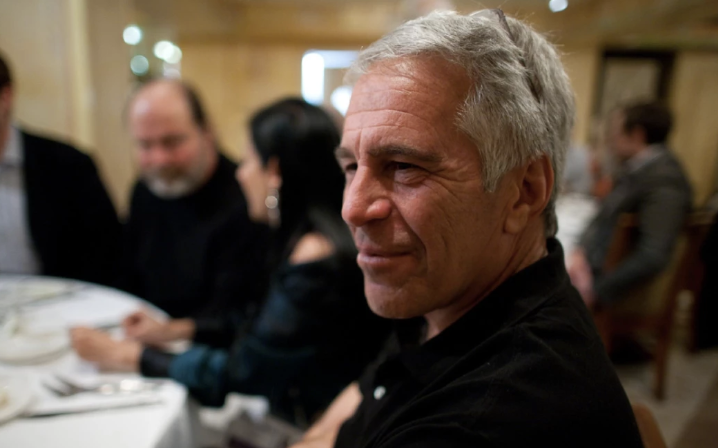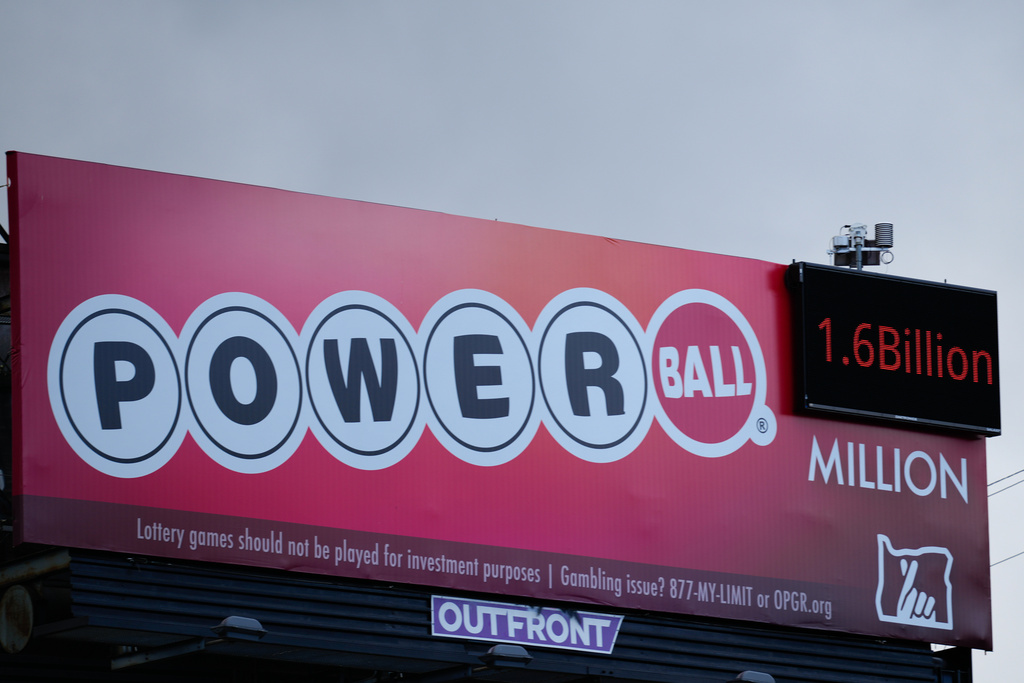The message is everywhere, from toys, to bedtime routines — why rely on natural beauty, when you could use makeup to color correct and conceal?
But thousands of years ago, advertisers and influencers weren’t telling us how or why we should wear makeup.
Instead, it was philosophers, poets, and royalty who decided what was in, or out.
6,000 years ago in Ancient Egpyt, hyroglyphics and painted coffins show how both sexes heavily lined their eyes with kohl – not only enhancing their features, but protecting their eyes from the glare of the desert sun.
Makeup also had a ritualistic and symbolic meaning.
According to the Natural History Museum of Utah, colored eyeshadows represented different gods and women would mix their makeup with animal pigments to take on the animal’s power.
But once the Ancient Roman Empire rolled around, makeup then came with stigma. While women were encouraged to wax their hair and moisturize, a makeup-like rouge was associated with sex workers.
Historians point out the Roman’s negative views of makeup were likely influenced by "stoicism" a popular form of philosophy that believed true beauty wasn’t about the physical body, but moral goodness.
Fast-forward to the Renaissance era. For the elite, wearing makeup was an elaborate and sometimes a deadly process to showcase wealth and nobility.
Women used lead and other toxic substances to lighten their skin and dye their hair; which sometimes poisoned them.
At the same time, male writers (including Shakespeare) ridiculed women for trying too hard to fit the era’s beauty standards — blonde hair, white skin, and rosy lips.
In the 18th century, wealthy men and women donned makeup, from white powders and rouge, to silk patches that covered blemishes or decorated their faces.
But, the end of the century also brought what’s called "the great male renunciation." Men declared embellished clothes and cosmetics were too "effeminite," and decided beauty routines should be left to women.
For decades, the mark of a true lady was no makeup at all — until cosmetics roared back to life.
By the 1920s, glamorous Hollywood movie stars brought cosmetics into the spotlight... And for the first time, the mass merchandise market.

Cosmetic product regulation is getting a makeover in the US
The FDA is adding more regulations for cosmetic companies, but dermatologists say more research into ingredient safety is still needed.
Women of all ages clamored to emulate the new Hollywood style – with dark red lips, eyeliner and mascara.
According to the Smithsonian, large corporations capitalized on the ferver by buying up small cosmetic companies, mostly ran by women.
By 1930, a small group of male-dominated corporations controlled 40% of the cosmetics industry, selling thousands of similar products under different brand names.
From WWII and makeup, the Smithsonian Institution says cosmetics spending skyrocketed during WWII as millIons of women entered the workforce and embraced newfound purchasing power.
Advertisements and recruitment campaigns took notice and asked women to do two things: support the war effort and wear makeup.
Makeup became so popular, the federal government even lifted rationing restrictions on cosmetic companies.
When the war ended – up to 90% of American women wore lipstick – a new symbol of American femininity.
Fast-forward to today and the question 'why do we wear makeup,' will bring about plenty of answers.
Naomi Wolf, author of "The Beauty Myth" argues corporations capitalize on women’s insecurities and sell makeup as a necessity to reach physical perfection.
But there are seemingly endless YouTubers and TikTokers who use makeup as an art-form. Evelin Costa uses highlight and contouring to transform into a new persona like Harry Styles.
While artists like Atara Mayhew can turn into an"Avatar" character with just paint and powder.
Makeup styles can also show what social groups we align with, from goths to drag queens to "Kiss" fans.
Evolutionary psychologists also say we wear makeup to amplify desirable qualities that make us attractive – from filling in eyebrows to achieve facial symmetry, or dotting on blush cheeks to look healthier. Or we might wear makeup simply because it makes us feel good.
In a survey from One-Poll and Grande Cosmetics, 91% of women said beauty regiments are key to boosting their confidence.
Using different paints, colors, and techniques not just to hide insecurities, but highlight what makes them feel beautiful.










